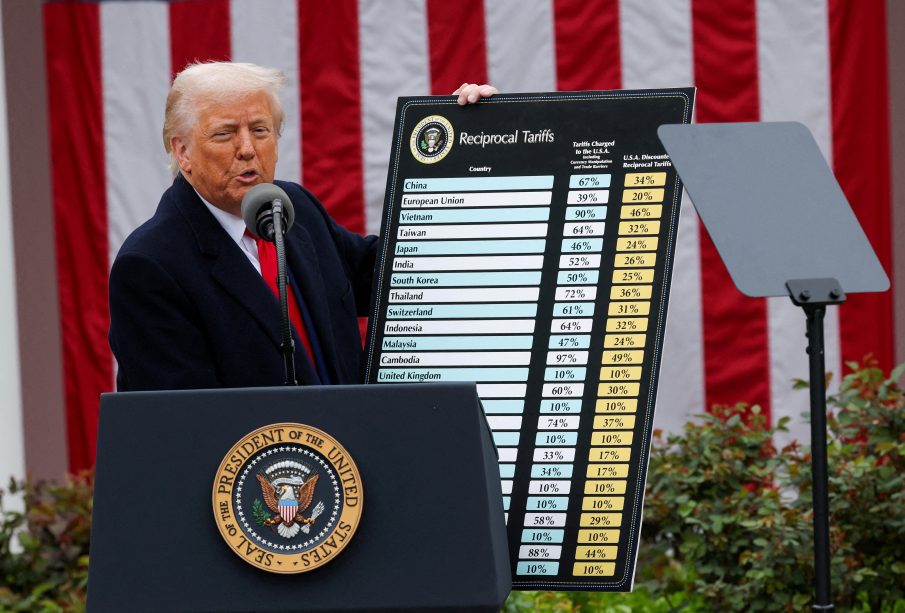Analyzing the Impact of Trump Tariffs on Trade Relations

Introduction: Understanding the Importance of Trump Tariffs
In recent years, the topic of tariffs has become a focal point in economic discussions, particularly Trump’s trade policies during his presidency. Imposed primarily as a strategy to protect American industries and reduce trade deficits, Trump tariffs have sparked significant debate regarding their efficacy and broader implications on the global trade landscape.
The Landscape of Trump’s Tariffs
Initially introduced in 2018, Trump tariffs targeted various goods, most notably steel and aluminum, with rates reaching up to 25% and 10%, respectively. The stated objectives included safeguarding American jobs, countering unfair trade practices, and incentivizing domestic production. However, the tariffs quickly led to retaliatory measures from affected countries such as China, Canada, and the European Union, further escalating the trade conflict.
Economic Effects and Market Response
The economic ramifications of these tariffs have been multifaceted. Proponents of the tariffs argue that they contributed to job growth in certain sectors, particularly manufacturing. For instance, the U.S. steel industry reported an increase in production and job openings following the tariffs. Conversely, critics point to the higher costs of imported goods affecting consumers and businesses, leading to inflationary pressures. According to a report by the Federal Reserve, the tariffs could reduce U.S. GDP growth by up to 0.4%.
Furthermore, industries heavily reliant on imported materials, such as automotive and construction, faced increased operational costs, which were often passed down to consumers. The National Association of Manufacturers estimated that tariffs would cost American consumers over $1,000 annually.
Current Developments and Future Implications
As of 2023, discussions surrounding the long-term implications of Trump tariffs remain relevant amid shifting political landscapes. The Biden administration has conducted reviews of the tariffs, signaling a potential reassessment of these policies. According to analysts, the removal or adjustment of tariffs could offer a reprieve for affected industries and consumers. However, the geopolitical ramifications and existing trade relationships will heavily influence decisions moving forward.
Conclusion: Assessing the Significance of Trump Tariffs
In conclusion, the Trump tariffs have represented a significant shift in U.S. trade policy, with enduring consequences for both domestic and international markets. As economic conditions evolve, the future of these tariffs will be pivotal in shaping U.S. trade relations, influencing global trade dynamics, and ultimately impacting the wallets of everyday Americans. Stakeholders must remain vigilant to adapt to these changes, forecasting the potential outcomes of policy shifts that could redefine international trade in the years to come.









